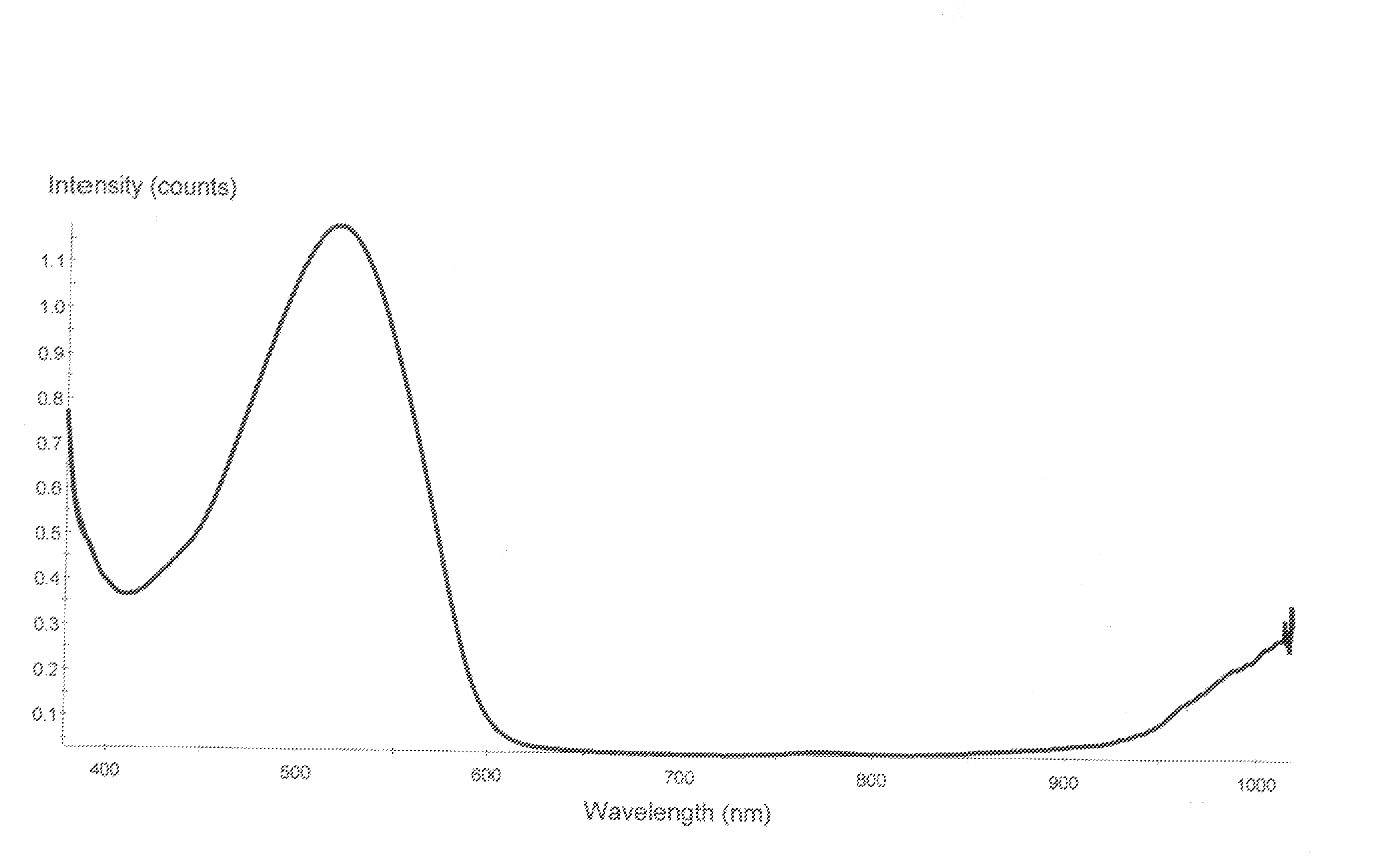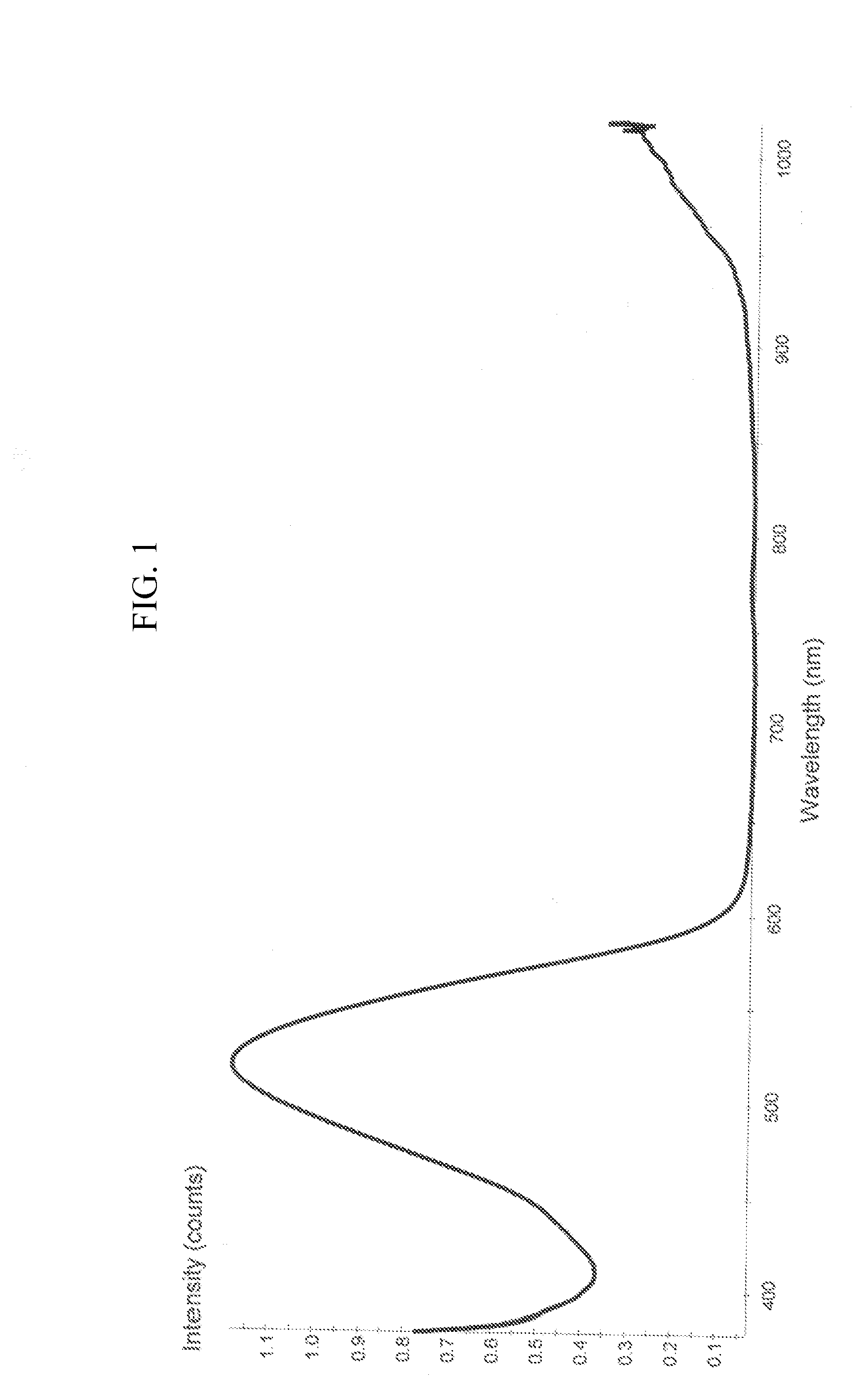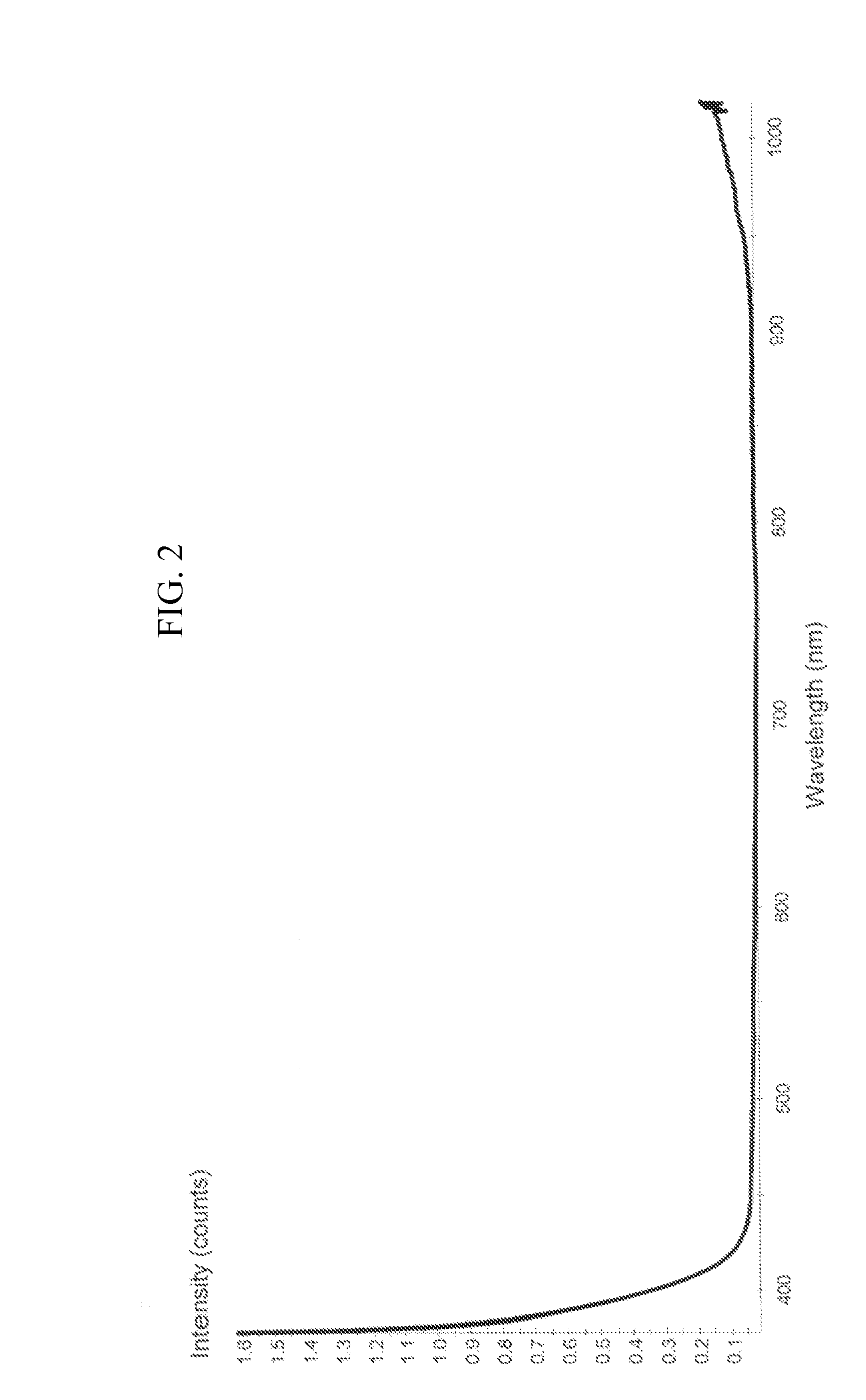Method for Treating Residual Caries
Inactive Publication Date: 2007-12-13
CAO GROUP
View PDF9 Cites 16 Cited by
- Summary
- Abstract
- Description
- Claims
- Application Information
AI Technical Summary
Benefits of technology
[0005]In view of the foregoing disadvantages inherent in the known methods of caries treatment, this invention provides a targeted method of caries treatment that more efficiently focuses on and destroys dec
Problems solved by technology
Excavation usually stops when no more decayed tissue is visually detected; however, some compromised hard tissue and decay causing bacteria usually remains.
Unfortunately, in order to remove this detected decayed tissue, a disproportionate amount of healthy surrounding hard tissue must also be removed.
Some prior art has suggested using a photosensitizing material and allowing bacteria to absorb said material before then irradiating it with a laser as a means to sanitize the site, but this method is limited to surface effectiveness and cannot reach bacteria hidden in layers of diseased tissue.
This does not address the problem of identifying and eliminating compromised and / or decayed residual hard tissue.
Method used
the structure of the environmentally friendly knitted fabric provided by the present invention; figure 2 Flow chart of the yarn wrapping machine for environmentally friendly knitted fabrics and storage devices; image 3 Is the parameter map of the yarn covering machine
View moreImage
Smart Image Click on the blue labels to locate them in the text.
Smart ImageViewing Examples
Examples
Experimental program
Comparison scheme
Effect test
example formula # 1
EXAMPLE FORMULA #1
[0035]100% -nigrosin
example formula # 2
EXAMPLE FORMULA #2
[0036]1% -nigrosin
[0037]99% -water
example formula # 3
EXAMPLE FORMULA #3
[0038]100% -FD&C Blue #2
the structure of the environmentally friendly knitted fabric provided by the present invention; figure 2 Flow chart of the yarn wrapping machine for environmentally friendly knitted fabrics and storage devices; image 3 Is the parameter map of the yarn covering machine
Login to View More PUM
 Login to View More
Login to View More Abstract
The present invention is a method of treating residual caries utilizing a matched laser and dye combination. After initial preparation and excavation of a caries site, a dye is flooded into the site which stains areas of residual caries. A laser with a complimentary wavelength is then used to ablate stained areas. Since healthy dental tissue will not receive the dye and allow staining, diseased tissue will be the only tissue that is stained, not only providing a visual indicator, but also providing a more efficient surface to receive laser energy and allow for more efficient ablation of the compromised tissue. According to the method, the dye may contain and enhancing, oxidizing compound or an anesthetic, and surrounding tissues may be protected by the use of substances opaque to the radiant energy. Indocyanine green has shown particular effectiveness as a dye in this and related methods.
Description
CROSS-REFERENCES TO RELATED APPLICATIONS[0001]The present Application is a Continuing-in-part Application of prior filed U.S. application Ser. No. 11 / 423,424, filed Jun. 9, 2006, and incorporates the same by reference in its entirety.FIELD OF THE INVENTION[0002]The present invention relates to the field of dental treatments and more particularly relates to a method of treating residual caries with a dye and matched laser.BACKGROUND OF THE INVENTION[0003]Caries treatment in the prior art is a conceptually simple procedure—a practitioner, usually a dentist, excavates a caries site to remove diseased and decayed tissue and then refills the site with a substitute. Location of the site is usually a simple task as decay may either be visually or radio-graphically identified. Recently, excavation methods have utilized a laser to ablate the area and remove decayed tissue. While decayed tissue and bacterial waste usually leave a brownish or black coloration (resulting in easy absorption of l...
Claims
the structure of the environmentally friendly knitted fabric provided by the present invention; figure 2 Flow chart of the yarn wrapping machine for environmentally friendly knitted fabrics and storage devices; image 3 Is the parameter map of the yarn covering machine
Login to View More Application Information
Patent Timeline
 Login to View More
Login to View More IPC IPC(8): A61C3/02
CPCA61C1/0046
Inventor JENSEN, STEVEN D.
Owner CAO GROUP
Features
- Generate Ideas
- Intellectual Property
- Life Sciences
- Materials
- Tech Scout
Why Patsnap Eureka
- Unparalleled Data Quality
- Higher Quality Content
- 60% Fewer Hallucinations
Social media
Patsnap Eureka Blog
Learn More Browse by: Latest US Patents, China's latest patents, Technical Efficacy Thesaurus, Application Domain, Technology Topic, Popular Technical Reports.
© 2025 PatSnap. All rights reserved.Legal|Privacy policy|Modern Slavery Act Transparency Statement|Sitemap|About US| Contact US: help@patsnap.com



